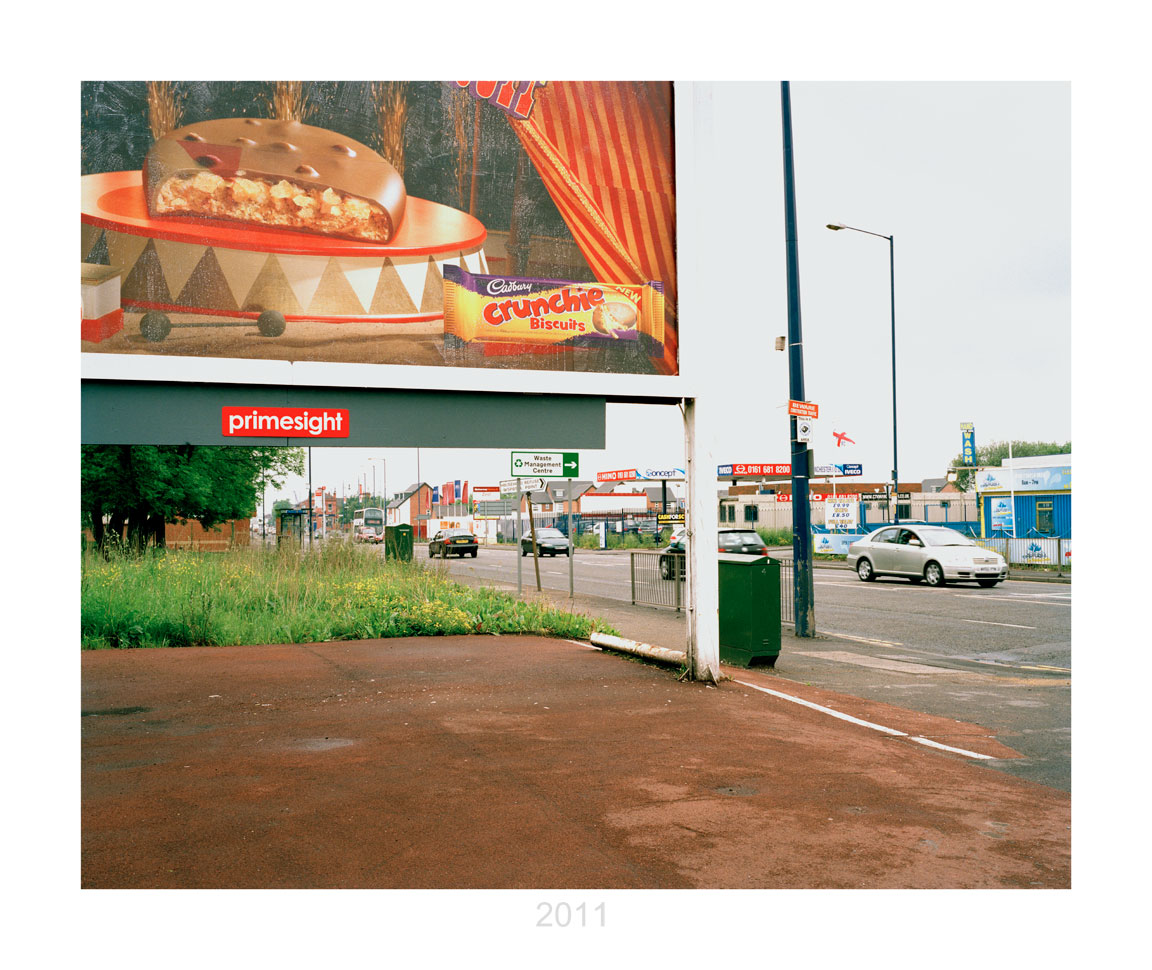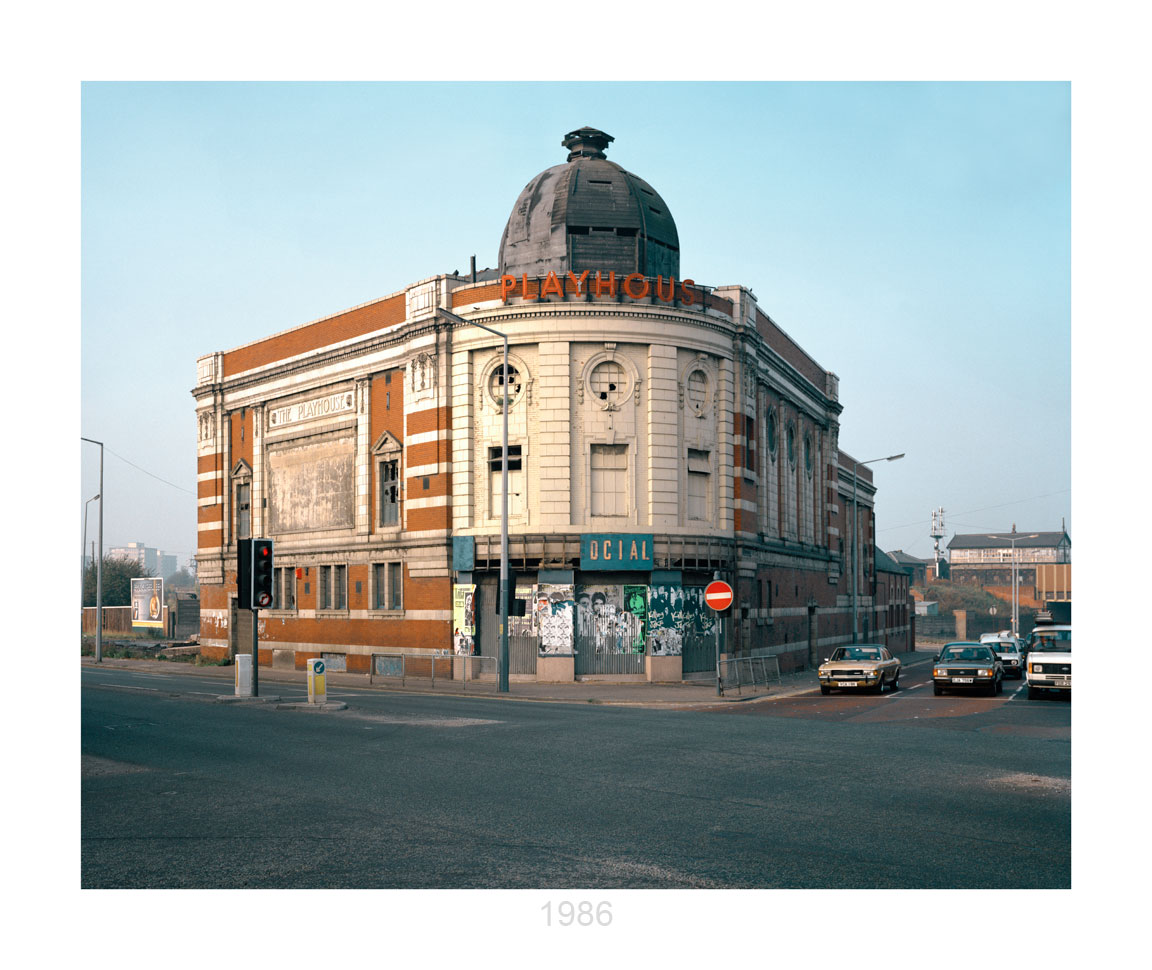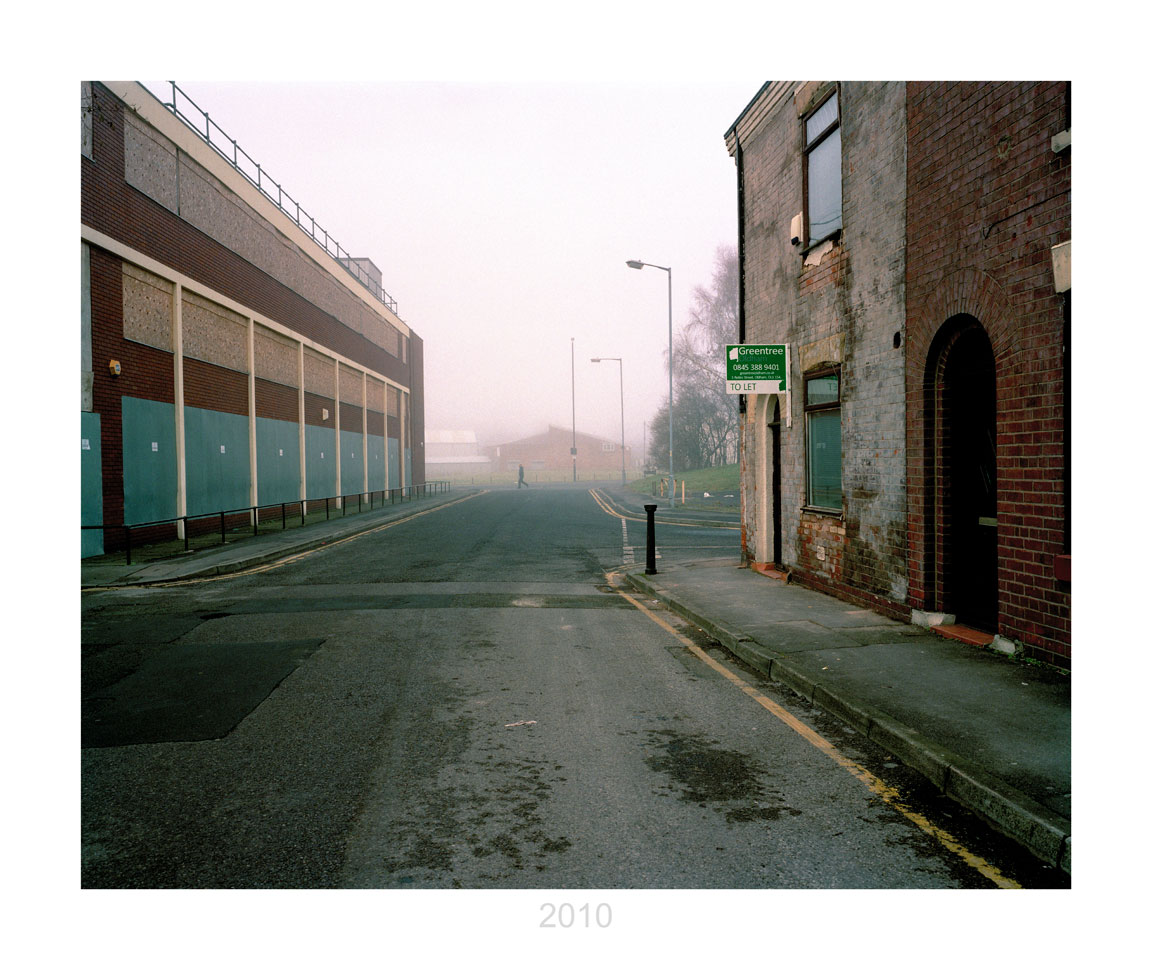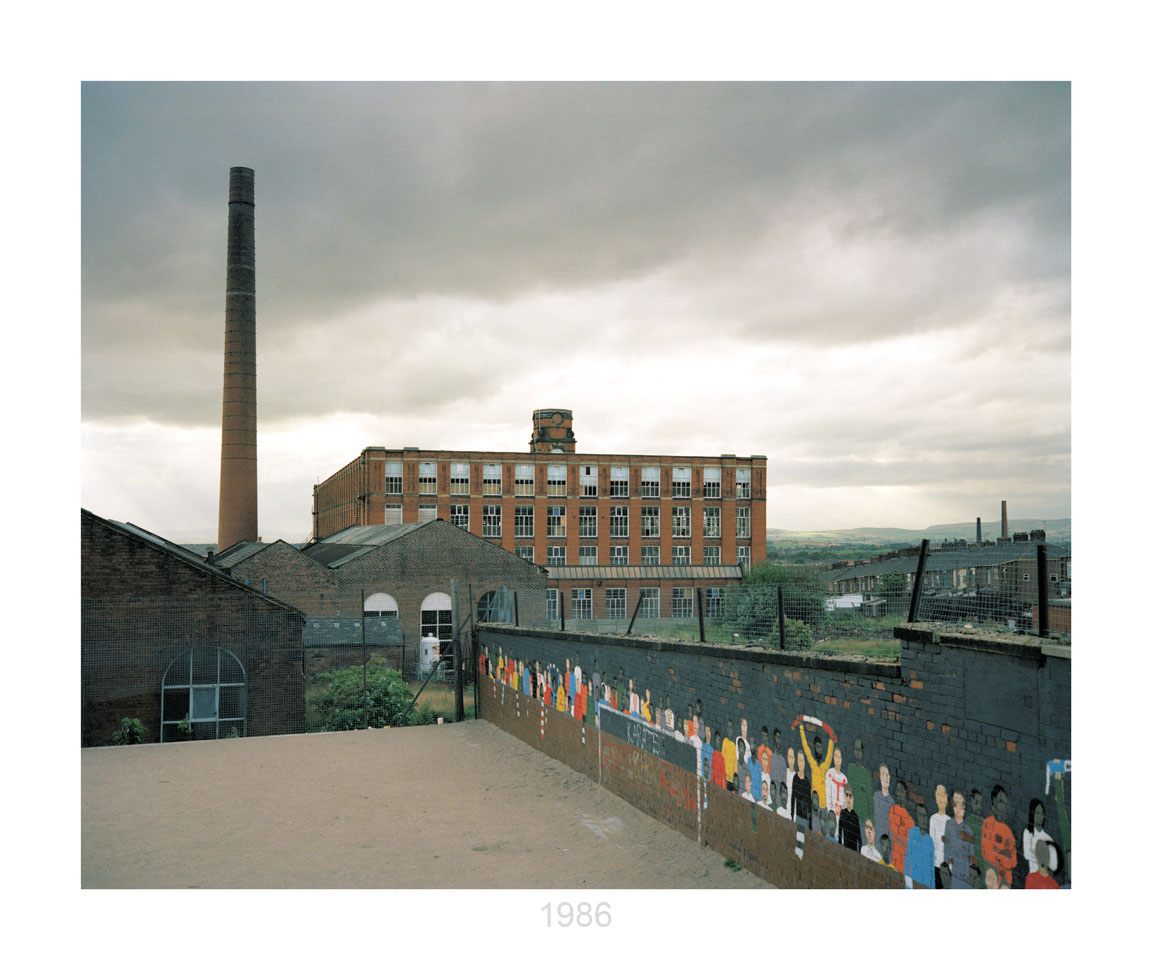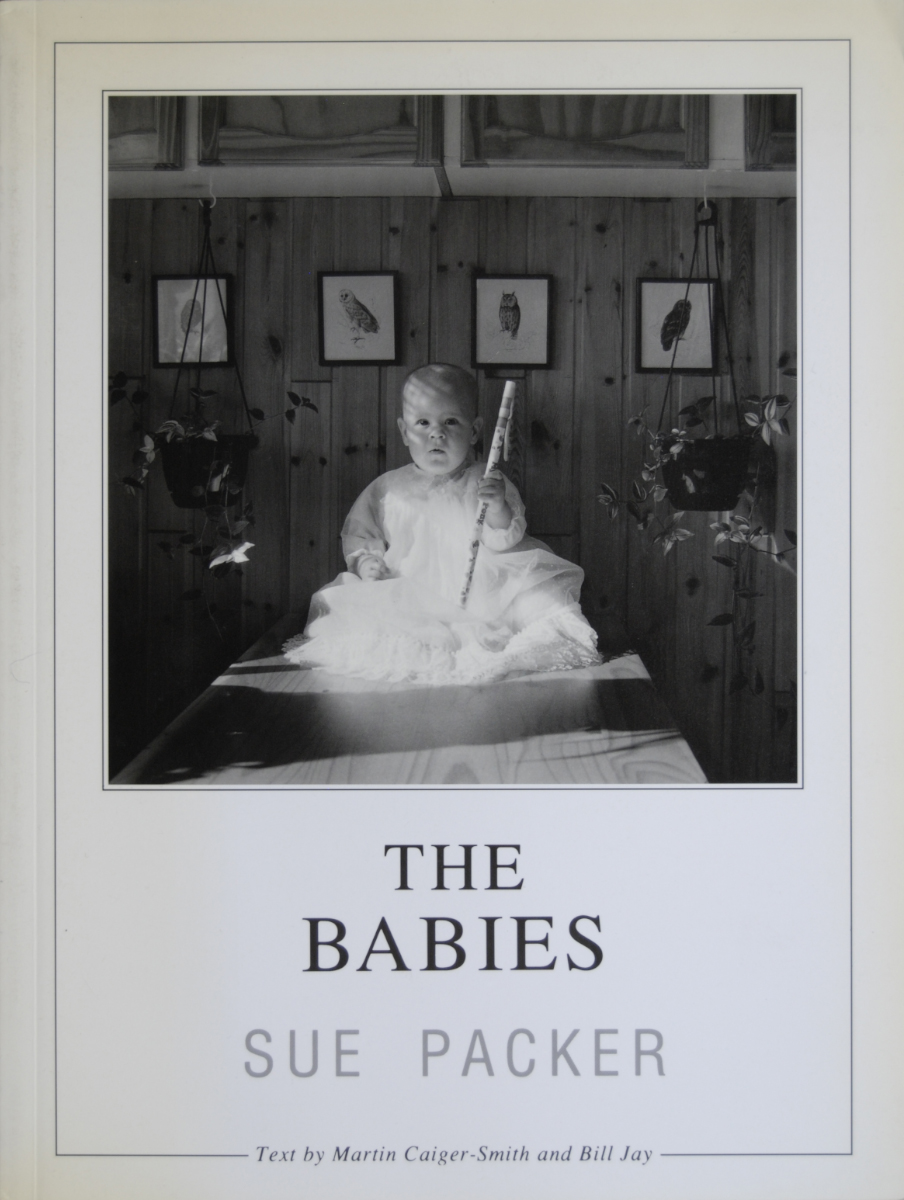I'm going to write about two photographers who, without intervention, might get away: Charlie Meecham and Sue Packer.
Both are British, both are still alive, both have made remarkable documentary photography work over several decades (mostly on a very limited budget) but, in my view, neither is as celebrated as they should be. As they both advance in years, their legacy is uncertain unless some major institution jumps to it and champions them, bringing their work before the wider audience it deserves.
Charlie Meecham
I’ll begin with Charlie Meecham. Starting out in the 1970s Charlie quickly marked himself an ‘outsider’. While others of his generation worked with a Leica and 35mm black & white negative film, Charlie used a large format camera and colour transparency. He stood out, so I decided to make a film about him. It was February 1980 and I was working at Granada TV as a researcher/presenter on the regional arts programme Celebration. The copy of the programme I have that survives is a fuzzy VHS. Shot on location by director Peter Carr, Meecham is dressed in green overalls and black wellies. His 5×4 in a backpack, he stalks a freezing hillside near Hebden Bridge. Stopping, he sets up his Sinar in the snow and says:
“I try always to get things dead level in an attempt to try and make things as accurate as possible rather than distort.”
He’s talking technicalities but it might as well be a manifesto.
“I’m trying to produce an image that is not really about photography at all, it’s about what atmosphere I’m trying to pick up on.”
Back at the ranch (or wherever it was Factory Records called home at that time), Granada colleague and music impresario Tony Wilson sat watching the broadcast with members of his band Joy Division. They hadn’t yet found an image for the sleeve of their new twelve-inch single, Atmosphere. Their ears pricked up.
And that, to cut the story short, is why music-loving photo-enthusiasts who haven’t yet heard of Meecham, may discover that they own one of his pictures already… in their record collection.
That Joy Division hillside belongs in the series: Moors and Reservoirs, The South Pennines. These are pictures of a wild Yorkshire landscape which, thanks to Emily Bronte and the rest, should be only too familiar. Yet, with Meecham’s dead level approach, you experience it as never before. What’s going on here is the patient observation of a thing noticed, weighed up, stored in the mind and returned to over and again until, yes… that atmosphere.
Another remarkable series of Meecham’s is The Oldham Road. Made between 1986 and 1989, this is a documentation of a stretch of post-industrial landscape in Greater Manchester. It was produced as a book with an essay by Ian Jeffrey to accompany an exhibition staged by the Architectural Association. And, as it happens, Meecham has revisited this work recently. What he gives us is nothing less than history, its spirit distilled. And, of course, it’s not about photography at all.
Sue Packer
Sue Packer is a portraitist. Her published series include: Pets (Dewi Lewis Publishing, Stockport, 2003); Cheltenham Ladies (Cornerhouse, Manchester, 1989); and The Babies (also Cornerhouse, Manchester, 1989). Some of her prints have also been acquired by the Art Institute of Chicago. So, with so much ‘out there’ why am I concerned? Well, the plain fact is that her great work, known as The Life Series, remains unpublished and uncollected.
I should declare an interest here. In the 1980s Sue Packer and I worked together teaching David Hurn’s brilliant (and unsurpassed) Documentary Photography HND at Newport and my wife, Georgie, helped Sue to find babies to photograph. What is not widely known is that Packer then followed up many of those babies, photographing them annually as they grew up. Indeed my son Jack, now twenty-seven, is one of those subjects. However the series is incomplete. Sickness, the vagaries of life, nowty teenagers, all have interfered with its progress. But it is none the worse for that and there’s enough work here to fill a gallery twice over.
These pictures are the strangest straight-forward portraits you will ever encounter. Packer mines each child’s character for visual clues and then, in a piece of intricate theatre, arranges a performance to photograph. The Life Series uses both time travel and wizardry. Its prestidigitation of a rare kind, for the person the pictures mostly reveal… is Packer herself.


